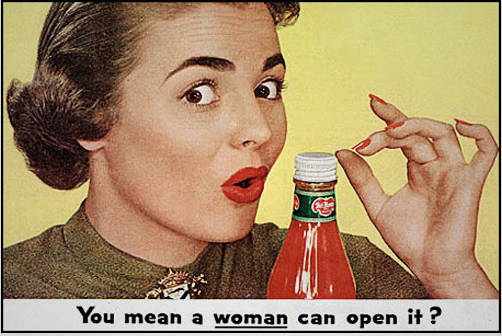By Bea Learmouth, 2nd Year Politics and Russian
The Croft Magazine// Everyone has a different food which helps them to relax and frees them of worry. But as many brands pick up on, these stressful times are often brought on by wider national issues which induce us all to reach for our favourite comfort foods.
Food has great power in its ability to incur feelings of nostalgia. Although a cartoon for children, there is not a more expertly illustrated example of this than in Pixar’s Ratatouille, when the food critic ‘Anton Ego’ tastes a ratatouille which immediately transports him to his childhood. Despite usually being a harsh, unforgiving critic, he names the chef (Remy, the rat) the finest in France, showing the power of food is not only in its taste but the memories it carries with it.
In times of difficulty, rising demand for comfort food is a common trend which is observed as it is used as a form of escapism to transport people to simpler times. Comfort foods today vary according to generations and tastes but tend to be something slightly stodgy or sweet. During the pandemic, many supermarkets noted an uptick in sales and searches for nostalgic foods. Waitrose reported searches for 'knickerbocker glory' were up 171% while Co-Op reported searches for 'dried trifle' were up 738%. Both are primarily unpopular foods today and the 'dried trifle' likely sounds disgusting to the majority of the younger generation, however, they were hugely popular in the 60s and 70s and people’s hunger for nostalgia resulted in their boom in popularity during the pandemic.

This trend of people seeking out more comfort food during periods of national anxiety is tapped into by many popular food and drink brands. They often do this by modernising an old ad people may have seen during their childhood, or bringing back old products no longer around today. For example, Hovis redid their hugely popular ‘Boy on the Bike’ advert in 2019. The original 1973 advert features a young boy bringing the Hovis bread up a hill on his bike to the soundtrack of Dvořák’s Symphony No. 9, ‘From the New World’. Its beauty is in its simplicity and it was voted the ‘most iconic UK advert of all time’. The new advert is exactly the same apart from being digitally remastered to fit modern screens. Cadbury’s meanwhile brought back its ‘Cadbury’s Pud’ in Christmas 2021, which was last in stores in 2003 and Ferrero’s Kinder Bueno Coconut was put back on the shelves in 2021 after being discontinued in 2017.
In 2022, an era of recession, we saw the popularity of nostalgic foods increasing yet again. In the Summer of 2022, Sainsbury’s reported an increase in searches for retro foods such as Battenburg cake and Neapolitan ice cream. Greggs, a bakery that’s the epitome of comfort food, has seen a big uptake in consumer sales, particularly in the evening. Whilst also invoking a feeling of solace, comfort foods are often a lot cheaper than other foods making them especially popular during a recession. Despite the sad news that Greggs’ sausage rolls are now £1.15 despite them being £1 last year, their prices are still vastly cheaper in comparison to most café and bakery chains. This has led to far more consumers seeking out an easy, comforting dinner. This trend has seen the early evening become the fastest-growing part of Greggs’ daily trade.

With the economic forecast for 2023 continuing to look bleak, there is no sign of comfort foods going out of fashion just yet and we may see even more brands tapping into customers' nostalgic sentiments. So next time you fancy a sausage roll, knickerbocker glory or even a ratatouille, don’t feel bad about treating yourself because everyone else is treating themselves too.
Featured Image: Emily Fromant
What's your go-to comfort food?









